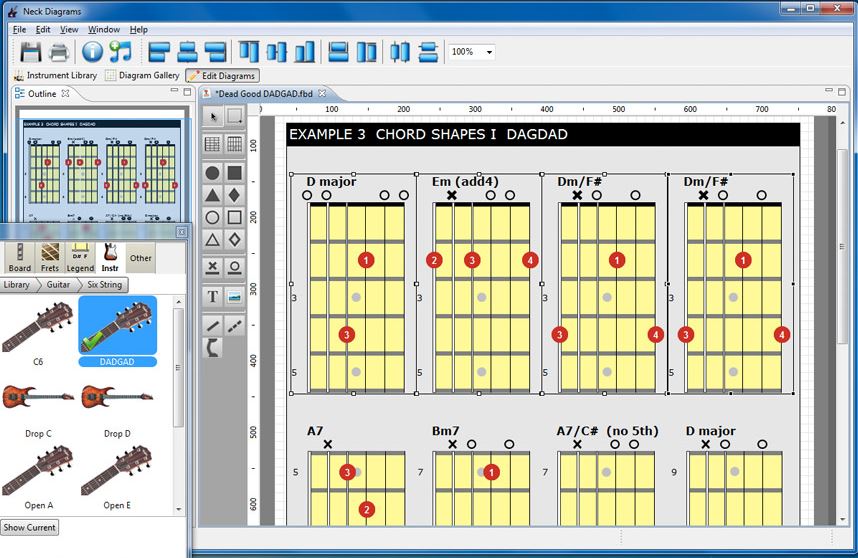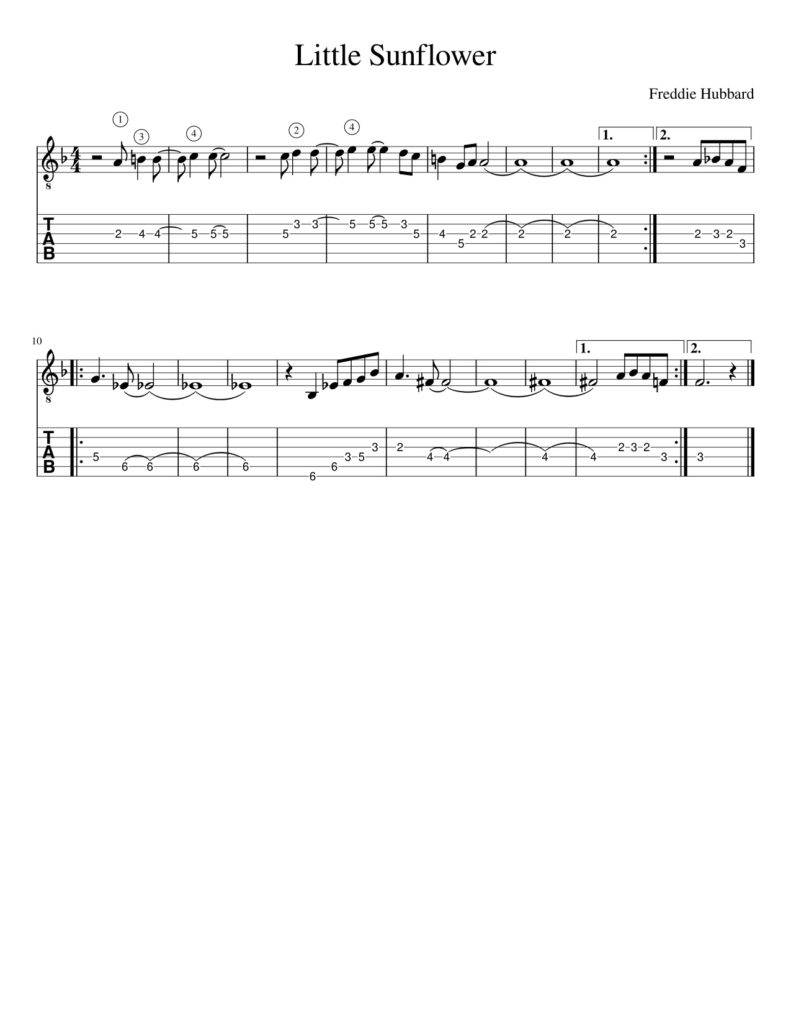Being in the computer field, I frequently look to technology to help me in my life’s endeavors. So it is with my ongoing efforts to improve my guitar playing.
Some background: I began playing piano as a child due to my parents’ insistence that all three of us siblings learn the instrument. Odd, because neither of my parents played! Eight years of keyboarding, recitals and basement practicing took their toll on me. Especially the basement practices, where I had to go to a clammy, dank, knotty pine-walled room sitting at an upright piano with my back to the door.
Eventually, the piano disappeared as we moved, and it wasn’t until I was in high school that I heard the beginnings of the “rock and roll revolution.” Spurred by the Beatles and surf music, I was hooked. My best friend sold me my first guitar, a Sears Kay acoustic, for $10. With my limited knowledge of music learned from piano playing, I taught myself to play guitar. I would buy sheet music of songs I liked that included guitar diagrams, and would follow along, learning the chords.
Guitar is not the same kind of instrument. A piano is a linear progression of keys (88 in total) that span the full range of musical notes. In western music, there are 12 tones per chromatic scale, and eight notes per tonal scale. The guitar, on the other hand, (usually) has six strings that are staggered in tone. This means that the same note can be played in different locations on the fretboard.
My guitar instructor is teaching me in the “classical” way–he’s giving me standard sheet music on which he writes the fingers and frets to use, referring to scale fingering terms such as “two over five” (second finger beginning the scale on the fifth fret). This is a new way of learning the guitar for me, and I continue to lean on technology for assistance.
Some of the software I have purchased to further this goal in the past are titles like Neck Diagrams, which as the name indicates, lets one create images of a guitar neck with notes and chords.

Songs Pro is another guitar-based program. Sadly, the author has discontinued support for this program due to changes in macOS. It’s a little quirky, but its strength is the chord search function that lets one choose from a large number of chord diagrams for a given tone.
My latest dilemma became how to transpose written music (staves, notes, rests, etc.) to guitar tablature? (Side note: I never learned TAB either, as it was not standardized when I was teaching myself to play). I’m not sure how I found it, but the answer to my newest problem is a piece of free software called Musescore. Available for Mac and Windows, this is software capable of producing professional music scores (hence the name).
Originally, I found it hard to learn (it’s still hard, but getting easier); there are so many features available. But once the work flow and keyboard shortcuts are learned, the process starts becoming faster and easier. Here is my transcription of Freddie Hubbard’s classic “Little Sunflower.” I wanted TAB to use the proper fingering.
On a final note, I have also found some useful online sites for finding guitar chords, diagrams and names. Among those are Chorderator, chordsearch (it does more than just search!), and The G-Net, which displays chords in TAB!
Ain’t technology great?!

